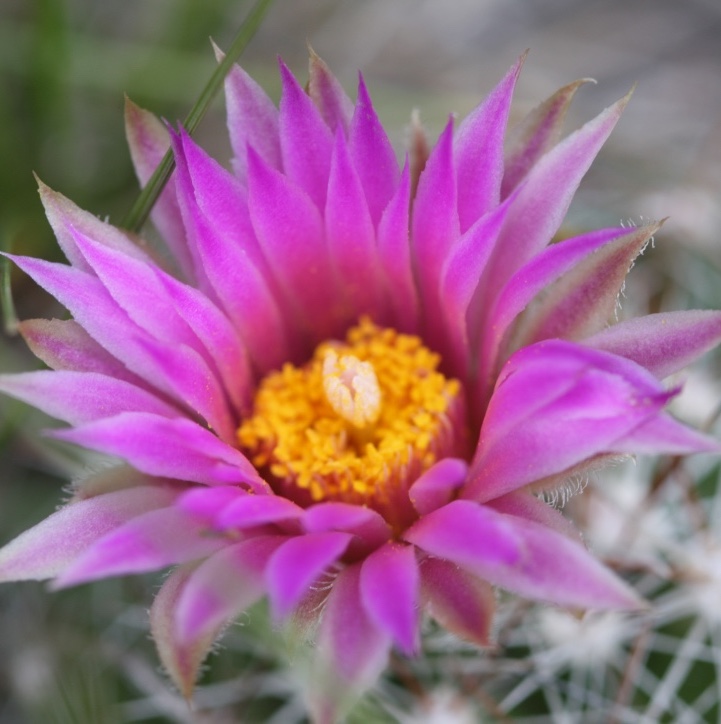The Foothills Ecoregion
Situated between the prairies to the east, stretching up northward to also diverging between the boreal forest, and the Rocky Mountains to the west is the foothills region. The area carries average season temperatures that are lower than the prairie or the aspen parkland region, some of which may be equivalent to that of the boreal forest. Rainfall is also relatively high (380 to 460 mm annual precipitation). A highly diverse region of both grasslands and forests, it is unique with its complex and varied microclimatic communities, especially in its grasslands. The foothills are noticeably hilly, with the occasional rocky outcrop to remind us about the close proximity to the montane region.
A unique region of southeastern Alberta and southwestern Saskatchewan is the Cypress Hills, disjunct foothills fescue grassland, with elevation rising up to 1300 m of highly productive and diverse plant communities that interrupts the surrounding native prairie. Due to the high elevation, annual precipitation is higher than the surrounding prairie by 400 mm or more. The landforms vary in this area, with rolling hills, terraces, a number of wetlands, ravines, and shrubby thickets. The highest elevations and north-facing slopes are dominated by trees. The species composition and diversity and productivity are similar to the foothills region.
The soils of both regions are predominantly Black Chernozem, especially in mesic grasslands, and transition into Dark Grey and Dark Grey Luvisols or Brunisols in the forested areas.
Foothills rough fescue (Festuca campestris) dominate mesic open areas, with minor species like Kentucky bluegrass (Poa pratensis), awned wheatgrass (Agropyron trachycaulum var. unilaterale), and intermediate oat grass (Danthonia intermedia). Parry oat grass (Danthonia parryi) is often common on drier sites, with Idaho fescue (Festuca idahoensis), June grass (Koelaria macrantha), and northern wheatgrass (Agropyron dasystachyum) also prevalent. With exposed, xeric sites, species including bluebunch wheatgrass (Agropyron spicatum), June grass, and dryland sedges (Carex spp.) will make up the majority of the plant community.
There is significant shrubland in this ecoregion, as well as the noticeable encroachment of aspen poplar (Populus tremuloides) on suitable areas. Woody species signifying early succession are that of green alder (Alnus crispa), birch (Betula spp.), lodgepole pine (Pinus contorta), Scouler’s willow (Salix scouleriana), and Douglas fir (Pseudotsuga menziesii) in some locations. The old-growth forests are dominated by white spruce (Pinus glauca) with a thin understory cover of pine grass (Calamagrostis rubescens), hairy wild rye (Leymus innovatus), blueberry and cranberry (Vaccinium spp.), heart-leaved arnica (Arnica cordifolia), and bunchberry (Cornus canadensis).
The Cypress Hills also is largely comprised of rough fescue, particularly of both foothills rough fescue and plains rough fescue (Festuca hallii), with suspected hybrids between the two species. The shrub covered areas make up species including saskatoon (Amelanchier alnifolia), willows (Salix spp.), and hawthorn (Crataegus douglasii and rotundifolia). Aspen and lodgepole pine in the forested areas will usually get replaced eventually by the climax species white spruce.
